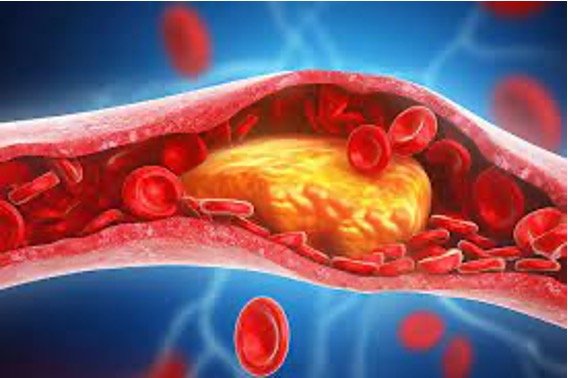AAS stimulate the activity of the HTGL enzyme, which is responsible for the catabolism (reduction) of HDL and also decrease the concentration of ApoAI — an apolipoprotein found in HDL that is important for its formation and stabilization. AAS also lower HDL-C levels due to hepatic triglyceride lipase (HTGLA).
17-AA oral AAS that do not exhibit estrogenic activity have a greater negative effect on cholesterol than aromatizable AAS. This is because AAS with estrogenic activity provide a positive benefit for lipids, as E2 reduces HTGLA activity. LDL levels and apolipoprotein B, which is associated with VLDL, also increase negatively during the use of 17-AA oral compounds.
In the table you can see the effect of AAS on LDL-C, HDL-C, cholesterol efflux capacity (CEC) associated with the risk of cardiovascular diseases, as well as the effect on Lp(a), which is a lipoprotein associated with apolipoprotein (a) that significantly contributes to the formation of atherosclerotic plaques in blood vessels and increases the risk of cardiovascular diseases.

The greatest negative impact on cholesterol is caused by oral 17-AA AAS that do not aromatize (Methyldrostanolone, Stanozolol, Oxandrolone, Turinabol, Fluoxymesterone…). A fairly significant impact is seen with 17-AA AAS that do aromatize (Methandienone, Methyltestosterone, Oxymetholone). In general, injectable AAS have a much milder effect on cholesterol — and again, those that aromatize are less negative in this regard (Testosterone, Boldenone, Trestolone) compared to those that do not aromatize (Drostanolone, Primobolan, Trenbolone, Nandrolone).


